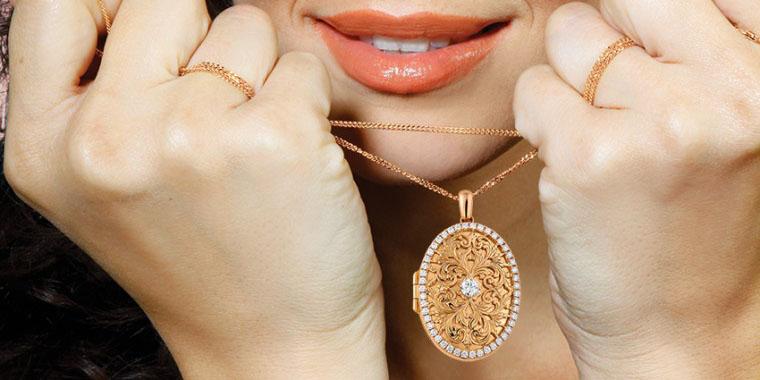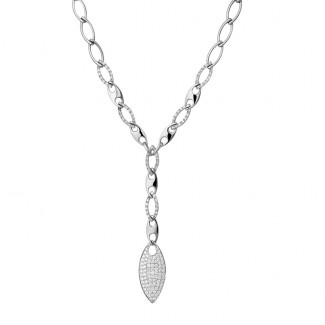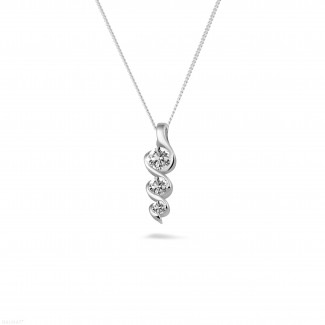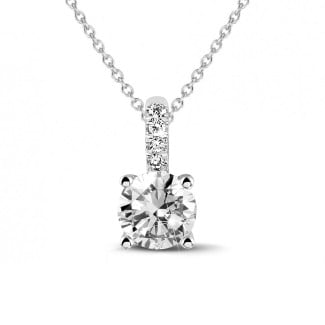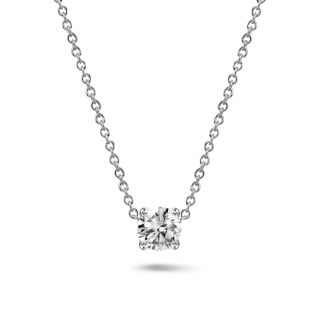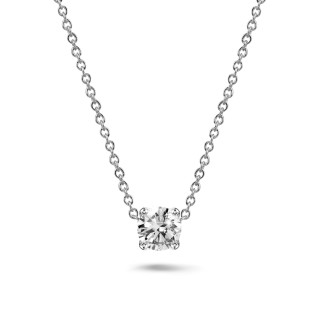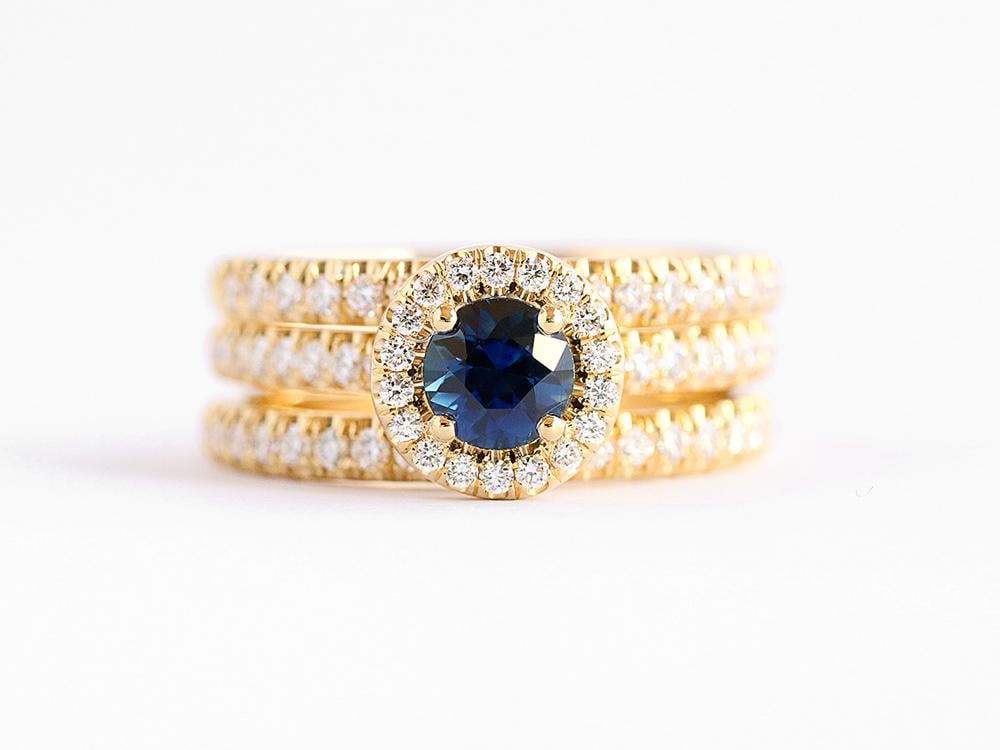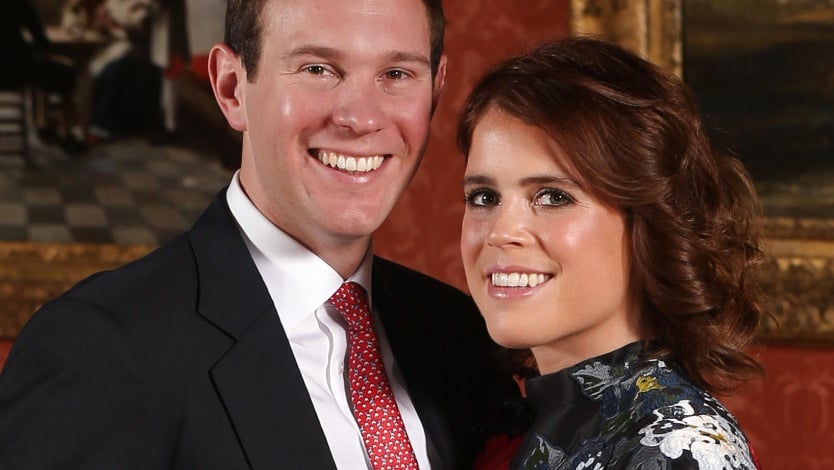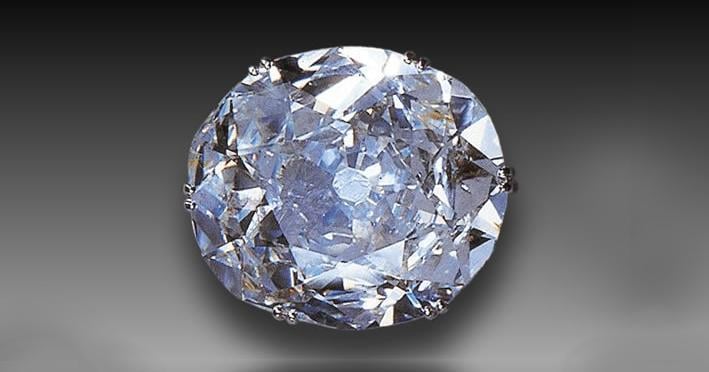Inspirational insights
Blogs in the spotlight
- How do I buy the perfect diamond ring?
- Choosing the perfect wedding ring
- Buying an engagement ring: expert tips & tricks
- Which earrings are the right ones for you?
- How to choose the perfect diamond bracelet?
- How to choose a necklace for ladies?
- Take your time in choosing your watch
- What's the right jewellery for each occasion?
- Why buy diamond jewellery online?
- A guide to building up your jewellery collection
- What types of precious metals are there?
- What types of precious metals are there?
- Jewellery trends and innovations in 2020
- What sorts of diamond setting are there?
- Historical style elements as a template for modern design
- An overview of the most important style eras
Modern jewellery design is not automatically reminiscent of the look of jewellery from past centuries but on closer inspection, it uses many stylistic elements that were already popular in the 19th and 20th centuries. In this respect, modern jewellery and diamond jewellery is often more traditional than appears at first glance.
Most viewed diamond jewels
Biedermeier and historicism
The Biedermeier period, the first half of the 19th century, was marked by straightforward and smooth shapes in contrast to the opulent shapes of earlier times. In the following period of Historicism, starting around 1850, this trend was reversed; many elements from long gone eras were picked up in art, architecture and even furniture and jewellery. It is not without reason that style pluralism is mentioned; a large variety of different trends and styles were characteristic of the 19th century, often based on Greek, Roman, Etruscan motives or Renaissance and Rococo ideals, which is why terms like Rococo Revival and neo-Renaissance are sometimes used.
Art nouveau
Art nouveau radically broke away from old patterns and traditions. Flowing shapes, floral patterns inspired by nature are typical of art nouveau; a playful combination of different elements. Diamond jewellery from this period usually has very rich decorations and patterns; the precious stones formed only a small part of the opulent ensemble.
Art deco
After the First World War, the very emotional and carefree art nouveau style was replaced by the more clear and straightforward shapes of art deco: pragmatism and simple elegance. An important element was strong colour contrasts; diamond jewellery notably combining white stones with black onyx, black and white diamonds or blue sapphires. Bauhaus-inspired jewellery can also be found in the late art deco period, characterised by special practicality and shapes that are orientated towards the architecture of the time.
Vintage
From around 1950, jewellery design returned to the style of previous eras, hence the name Vintage. In contrast to today's commonly used definition, this does not mean refurbished, used, old jewellery, but rather jewellery that has been orientated as closely as possible to a bygone era.
Modern era
Modern jewellery design is diverse, often combining elements of different styles instead of just imitating them. There has also been a clear advance in quality, especially when it comes to diamond jewellery, with the introduction of the brilliant cut, which allows diamonds to shine in an unprecedented way, as well as perfected methods for setting diamonds. As a result, jewellery designs are now possible that failed to meet the technical requirements of the middle of the last century.
Do you need help choosing your diamond jewellery? Ask BAUNAT’s expert team!
 Design collections
Design collections Stackable Rings
Stackable Rings Ruby, sapphire & emerald
Ruby, sapphire & emerald Bestsellers
Bestsellers New arrivals
New arrivals Watches
Watches Cufflinks
Cufflinks Rings for men
Rings for men Diamond
Diamond Sapphire
Sapphire Ruby
Ruby Emerald
Emerald Yellow diamond
Yellow diamond Black diamond
Black diamond
 Diamond rings
Diamond rings Sapphire rings
Sapphire rings Ruby rings
Ruby rings Emerald rings
Emerald rings Yellow diamond rings
Yellow diamond rings Black diamond rings
Black diamond rings
 Stackable rings
Stackable rings Cocktail rings
Cocktail rings Rings for men
Rings for men Bestsellers
Bestsellers Diamond rings
Diamond rings Sapphire rings
Sapphire rings Ruby rings
Ruby rings Emerald rings
Emerald rings Yellow diamond rings
Yellow diamond rings Black diamond rings
Black diamond rings
 Solitaire
Solitaire Dangle
Dangle Diamond earrings
Diamond earrings Sapphire earrings
Sapphire earrings Yellow diamond earrings
Yellow diamond earrings Black diamond earrings
Black diamond earrings
 Solitaire
Solitaire 3 stones
3 stones Halo
Halo Gradient
Gradient Diamond necklaces
Diamond necklaces Sapphire necklaces
Sapphire necklaces Yellow diamond necklaces
Yellow diamond necklaces Black diamond necklaces
Black diamond necklaces
 Gradient
Gradient White gold
White gold Yellow gold
Yellow gold Red gold
Red gold Platinum
Platinum Diamond bracelets
Diamond bracelets Yellow diamond bracelets
Yellow diamond bracelets Black diamond bracelets
Black diamond bracelets
 View watches
View watches View watches
View watches Swiss Made
Swiss Made Swiss Collection limited edition
Swiss Collection limited edition Manufacturing process
Manufacturing process Manual or Automatic watch
Manual or Automatic watch Sapphire or mineral glass
Sapphire or mineral glass
 Rings
Rings Necklaces
Necklaces Bracelets
Bracelets Sapphire
Sapphire
 Engagement rings
Engagement rings Earrings
Earrings Necklaces
Necklaces Bracelets
Bracelets
